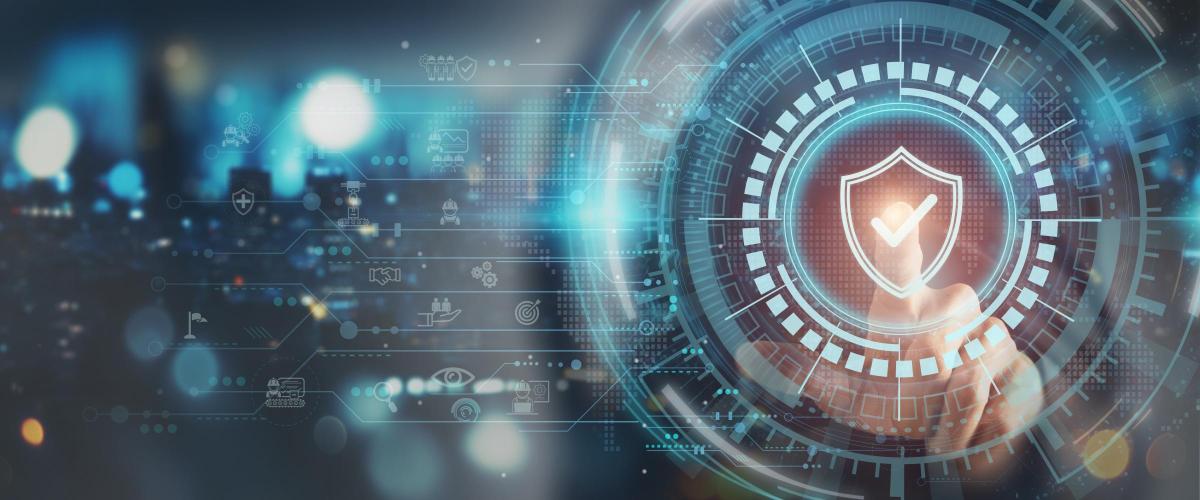
In the ever-evolving landscape of workplace safety, technological advancements have revolutionized the way we measure and ensure the well-being of employees. From real-time monitoring to predictive analytics, technology has become an indispensable tool in creating safer work environments. This article explores how cutting-edge innovations are transforming workplace safety measurement, empowering businesses to prioritize the health and safety of their workforce like never before.
IoT Devices for Real-Time Monitoring
The Internet of Things (IoT) has opened up new possibilities for real-time safety monitoring in the workplace. By leveraging IoT devices, businesses can now collect and analyze data on various safety parameters, such as air quality, noise levels, and temperature, in real time. These devices are equipped with sensors that continuously monitor the work environment, providing instant alerts when any parameter exceeds safe thresholds.
One example of an IoT device used for workplace safety is the smart helmet. These helmets are fitted with sensors that detect falls, impacts, and other potentially hazardous events. In the event of an accident, the helmet immediately sends an alert to the safety team, enabling swift response and minimizing the risk of further harm. Other IoT devices, such as wearable devices that track workers' vital signs and environmental sensors that monitor air quality, are also being increasingly adopted in various industries.

Data Analytics for Predictive Safety Insights
While real-time monitoring is crucial, the true power of technology lies in its ability to predict potential safety issues before they occur. This is where data analytics comes into play. By analyzing vast amounts of safety data collected from various sources, including IoT devices, incident reports, and employee feedback, businesses can gain valuable insights into potential safety risks.
Predictive analytics algorithms can identify patterns and trends in safety data, enabling organizations to take proactive measures to mitigate risks. For instance, a manufacturing company might implement predictive analytics to analyze machine performance data and maintenance records. The insights gained from this analysis would then allow the company to predict when a machine was likely to fail, enabling them to schedule maintenance proactively and prevent potential accidents.
Predictive analytics can also immensely benefit other industries, including construction. By using predictive analytics, companies can identify high-risk areas on their construction sites. After analyzing data on past incidents, weather conditions, and worker behavior, they would then be able to implement targeted safety interventions, resulting in a significant reduction in accidents and near-misses.
Augmented Reality (AR) for Safety Training and Evaluation
Effective safety training is a cornerstone of any successful workplace safety program. However, traditional training methods often fall short in providing immersive and realistic experiences. This is where Augmented Reality (AR) technology comes in. AR allows businesses to create highly engaging and interactive safety training programs that simulate real-world scenarios.
With AR, employees can be placed in virtual environments that closely resemble their actual work settings. They can interact with virtual equipment, practice safety procedures, and experience potential hazards in a safe and controlled manner. This immersive training approach enhances retention and prepares workers to handle real-life safety challenges more effectively.
AR technology can also be used to evaluate workers' knowledge and skills regarding safety. By creating virtual safety scenarios and assessing workers' responses, businesses can identify areas where additional training is needed and ensure that employees are well-prepared to handle safety risks.
Conclusion
The integration of technology in workplace safety measurement has been a game-changer. From IoT devices that provide real-time monitoring to predictive analytics that identify potential risks, and AR technology that revolutionizes safety training, businesses now have a powerful arsenal of tools to create safer work environments.
As we move forward, organizations must embrace these technological solutions to enhance the accuracy and efficiency of their safety assessments. By leveraging the power of data, predictive insights, and immersive training experiences, businesses can take a proactive approach to workplace safety, ultimately protecting their most valuable asset—their employees.
At Northwest Safety & Risk Services, we understand the critical role technology plays in workplace safety. Our team of experts is dedicated to helping businesses navigate the evolving landscape of safety technology, providing customized solutions tailored to their unique needs. From consultation services to comprehensive training programs, we are committed to empowering organizations to create safer work environments through the power of technology.
Contact us today to learn more about how we can help you harness the potential of technology to enhance your workplace safety measurement and protect your workforce. Together, we can make work safe.
